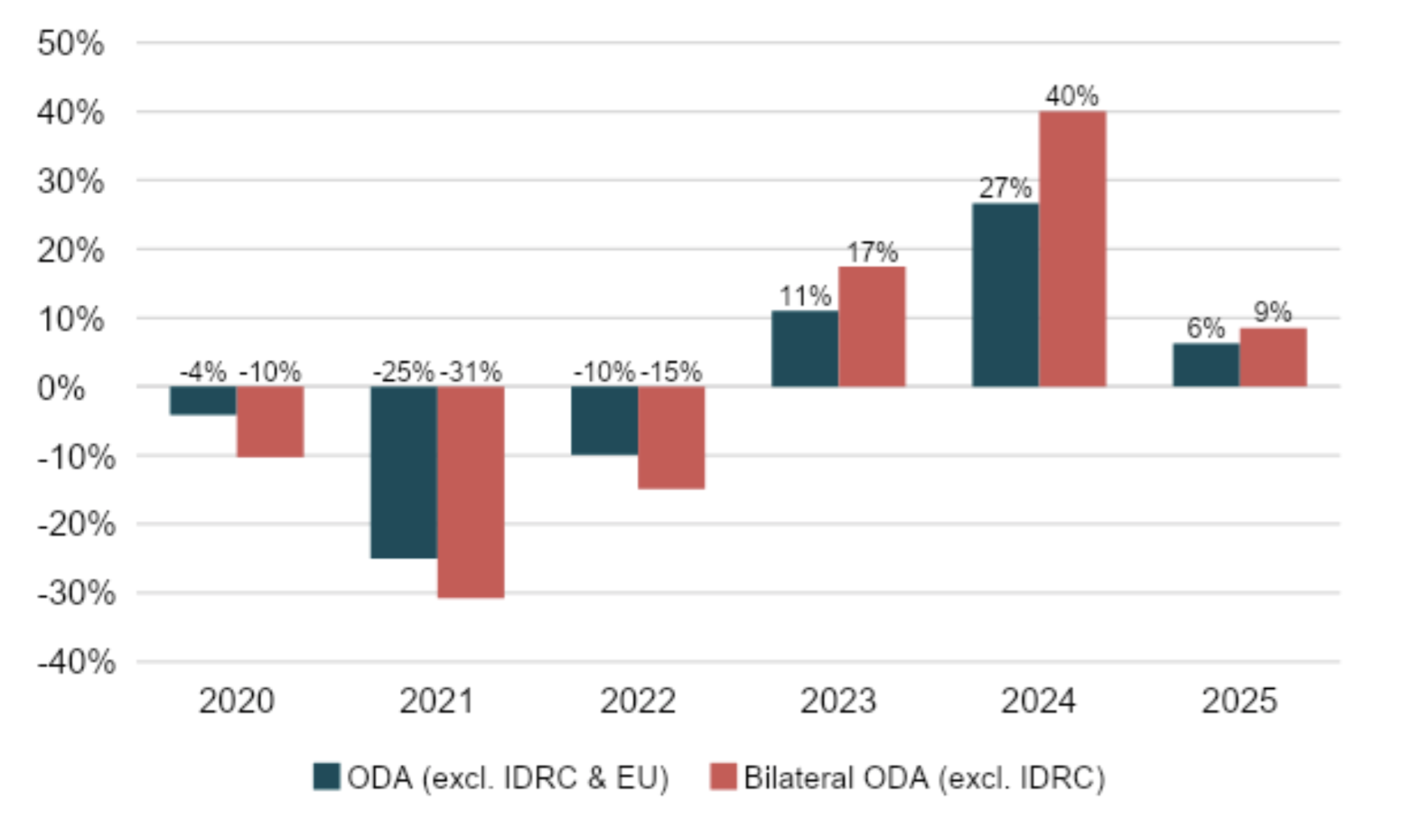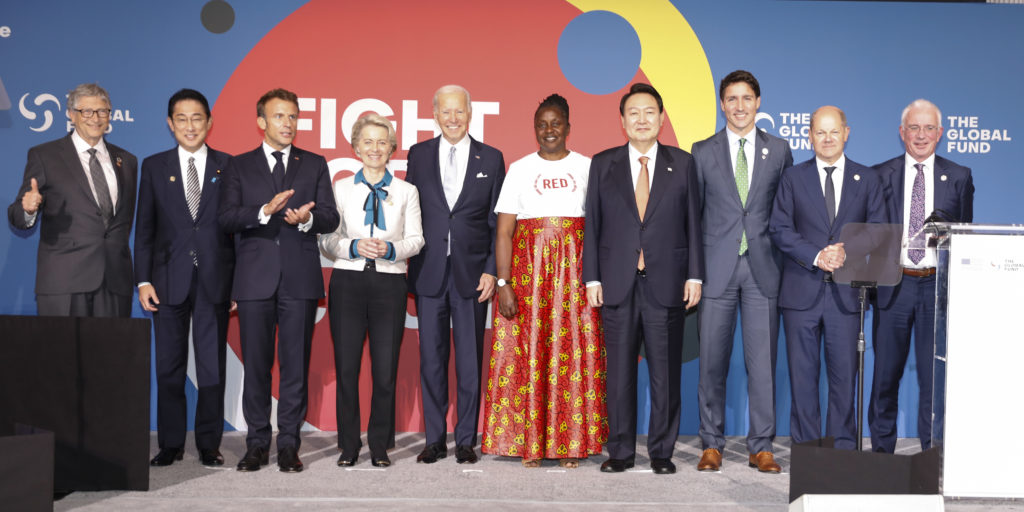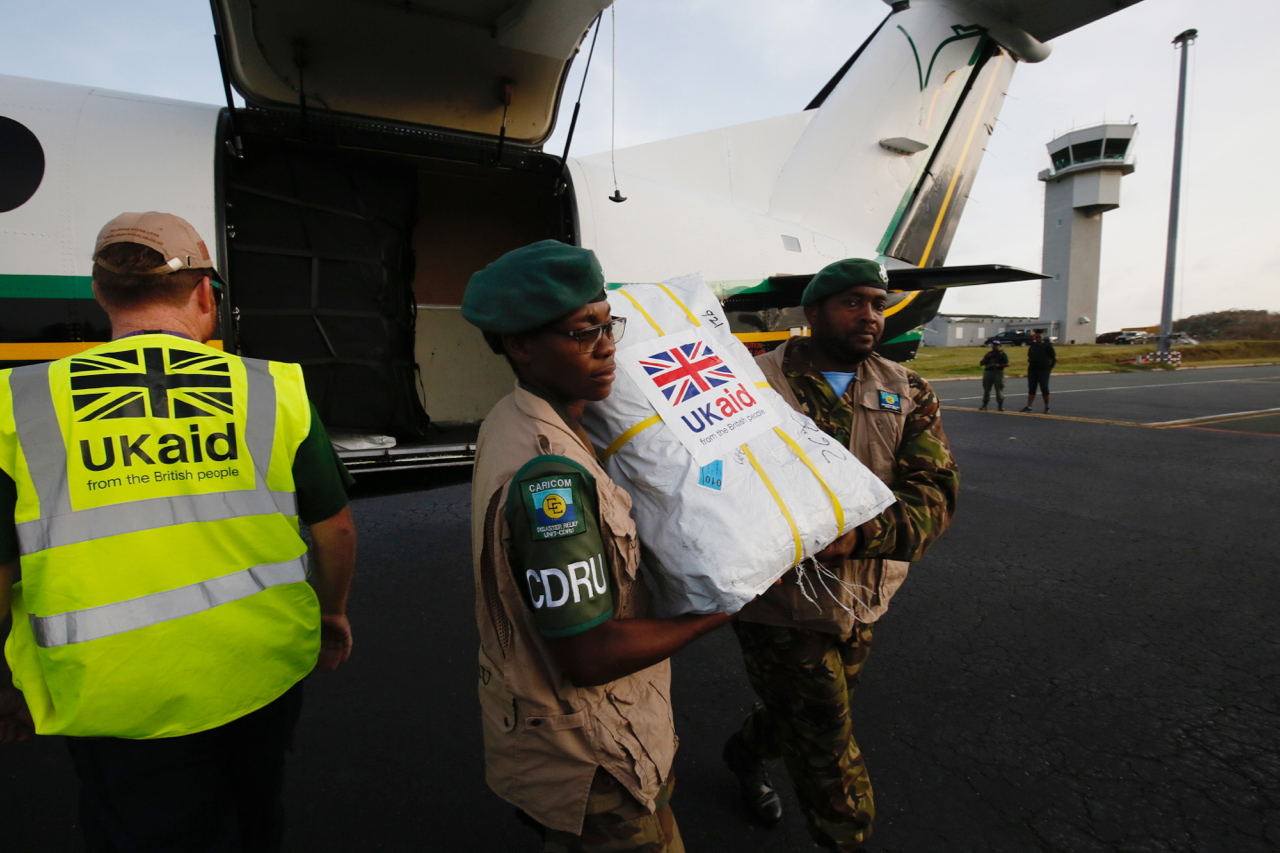Recommended
With Rishi Sunak set to become Prime Minister this week, the UK will shortly confirm its aid budget for the rest of Parliament and beyond. The aid spending envelope seems likely to remain £5bn below where it would be under a return to 0.7 percent of Gross National Income (GNI) spend, and there are even some rumours of a further £5bn cut, to 0.3 per cent of GNI.
We’ve written about the immediate pressures on the aid budget—but how can the public and parliament understand what a higher or lower level of aid spending would achieve?
In this blog, we review some recent estimates of the number of preventable deaths which aid cuts could cause, and look into broader impacts of the UK’s funding choices. Preventing deaths through health interventions is only one part of what the aid budget does—but our review of recent estimates from GiveWell, the Global Fund, Gavi and the Disease Control Priorities 3 (DCP3) project on the cost of preventing deaths, finds that £750m—the part of £5bn aid typically spent directly on health expenditure—can plausibly prevent 180,000 deaths per year.
Ways to use the aid budget
There are arguably three broad ways that countries spend their aid budget. First, they can look to tackle immediate suffering through humanitarian support or health interventions that save lives. Second, they can invest in a country’s capabilities and growth, including through infrastructure, education, public health, roads and energy. Or third, they can tackle global issues like climate change and pandemics that impact all countries but hurt poorer countries most. In practice, real-life interventions often tackle more than one of these areas.
It’s reasonable and informative to ask what impact an aid budget can have, though it can also risk making development seem ‘transactional’: that is, simplifying the complex process of development into a simple buying of outcomes. Interventions in the first category above, which alleviate suffering, are perhaps easiest to quantify in an intuitive way. Spend on humanitarian relief is one of these areas, accounting for 10 percent of UK aid spend and key for food security crises in Somalia and elsewhere, but here we focus on the impact of health spend.
What impact can aid spend have in terms of preventing deaths?
Health has typically been just over 15 per cent of all UK aid spend. Fifteen percent of the £5bn of cuts made is £750 million, so for the purposes of this blog, the question becomes, what is the health impact that could have been achieved with £750m of direct health spend? There are two routes to answering this question. Firstly, we could look at what real FCDO programmes have been cut and estimate the impact they would have had. This, however, is challenging. Most of the UK’s aid budget is not spent on preventing deaths directly—much of it goes to organisations and programmes that strengthen health and economic systems so that lower income countries can prevent deaths themselves. So, for instance, whilst we know that complex bilateral programmes in Ethiopia, Sudan and Tanzania all saw cuts over 50 percent, it is often not possible to be confident in calculating their health impact.
Secondly, we could be more ambitious, and estimate what this £750m could achieve, in a hypothetical scenario of FCDO focusing its health spend on high impact health interventions. For this we must make a few assumptions—firstly that that this FCDO aid expenditure is truly additional, i.e. domestic expenditure in recipient countries won’t be reduced if FCDO expenditure increases. And secondly, that there are no increasing or diminishing returns to FCDO expenditure.
High impact investment options for FCDO—starting with Gavi and Global Fund
Historically the UK has been a leading supporter of Gavi, the vaccine alliance and the Global Fund to Fight AIDS, Tuberculosis and Malaria, who respectively received around £200m and £467m annually from the UK (2020 figures; together nearly five percent of total UK aid). These are commonly considered high impact funds that can easily be scaled up and down and represent a good place to start when considering the potential upper limits of impact of marginal changes in FCDO health spend. They are also interesting because the UK has not so far made a replenishment pledge to the Global Fund, and if it does not do so, it will clearly cost lives.
Gavi and the Global Fund have both attempted to quantify the number of lives saved from their funding. Their replenishment investment cases suggest that billions of investments will save millions of lives. Indeed, their estimates are quite similar—in 2019, GAVI asked for $7.4bn to prevent 7-8m deaths; while the Global Fund has recently targeted $18bn, which they claim would save 20m lives. These estimates suggest around $900-$1000 can prevent a death.
These modelled estimates (which have a tendency to be repeated verbatim by supportive donors) should be viewed with a critical eye. They are produced specifically to encourage donor investment, and they need to be verified by independent experts, and tested in real world impact evaluations. For example, in 2019, colleagues found that the estimates from the Global Fund may be including the impact of others’ resources (i.e. co-funding from recipient Governments) when they report their results.
One way to benchmark these claims is to look at other organisations' reported impact in similar areas. GiveWell, a non-profit focussed on the highest impact investments finds their top charity for malaria to be the Malaria Consortium. They provide seasonal malaria chemoprevention medicine supported by highly transparent calculations which show estimates of cost effectiveness of $5,000 per life saved. Similar results were found for providing malaria bed nets through a second charity, Against Malaria Foundation. These estimates are reliable; but they relate to the very-best charities which could together only absorb less than $150m. So, this may represent the strongest part of the distribution in terms of effectiveness.
Alternative high impact investment options for FCDO
Tackling Malaria is a Conservative manifesto pledge, but FCDO policy is rightly moving away from single disease targets and towards “patient development” and more holistic health system strengthening (HSS). Efforts to include HSS in Gavi and the Global Fund have had mixed results, and so other routes are needed to achieve this important goal. What can be said about the return to investment here? This is much more difficult, since rigorous economic evaluations of HSS initiatives are rare. What can be said is that the DCP3 project found a wide range of interventions were under US$5,000–US$7,500 per life saved. Together these highly effective interventions became part of a proposed “highly prioritised package”, which cost $42 per capita. Given government expenditure on health is closer to $23 per capita in low income countries, this suggests a wide range of high impact opportunities for FCDO to support countries to develop their health systems to focus on these priorities, scale up and deliver.
Conclusion
Though most of the UK’s aid budget is not spent directly on preventing deaths from disease, from the reduction in aid budget to 0.5 percent of GNI, or £5bn, we can assume that approximately £750m of health expenditure has been foregone.
Based on our calculations, it seems plausible from the Global Fund, GiveWell and DCP3 that $5,000 would be enough to prevent a death, again assuming non-fungibility and no diminishing returns.
On this basis, just the reduced health spend from a £5bn cut (£750m), would mean up to 180,000 lives per year are at stake, as the new Prime Minister, and indeed the opposition Labour Party, considers the future of UK aid.
Notes:
Calculations use a USD:GBP exchange rate of 1.2
With thanks to Sam Hughes for research support.
This blog was edited on the 26th October 2022 to remove reference to a forthcoming paper, on request of its authors.
Disclaimer
CGD blog posts reflect the views of the authors, drawing on prior research and experience in their areas of expertise. CGD is a nonpartisan, independent organization and does not take institutional positions.








